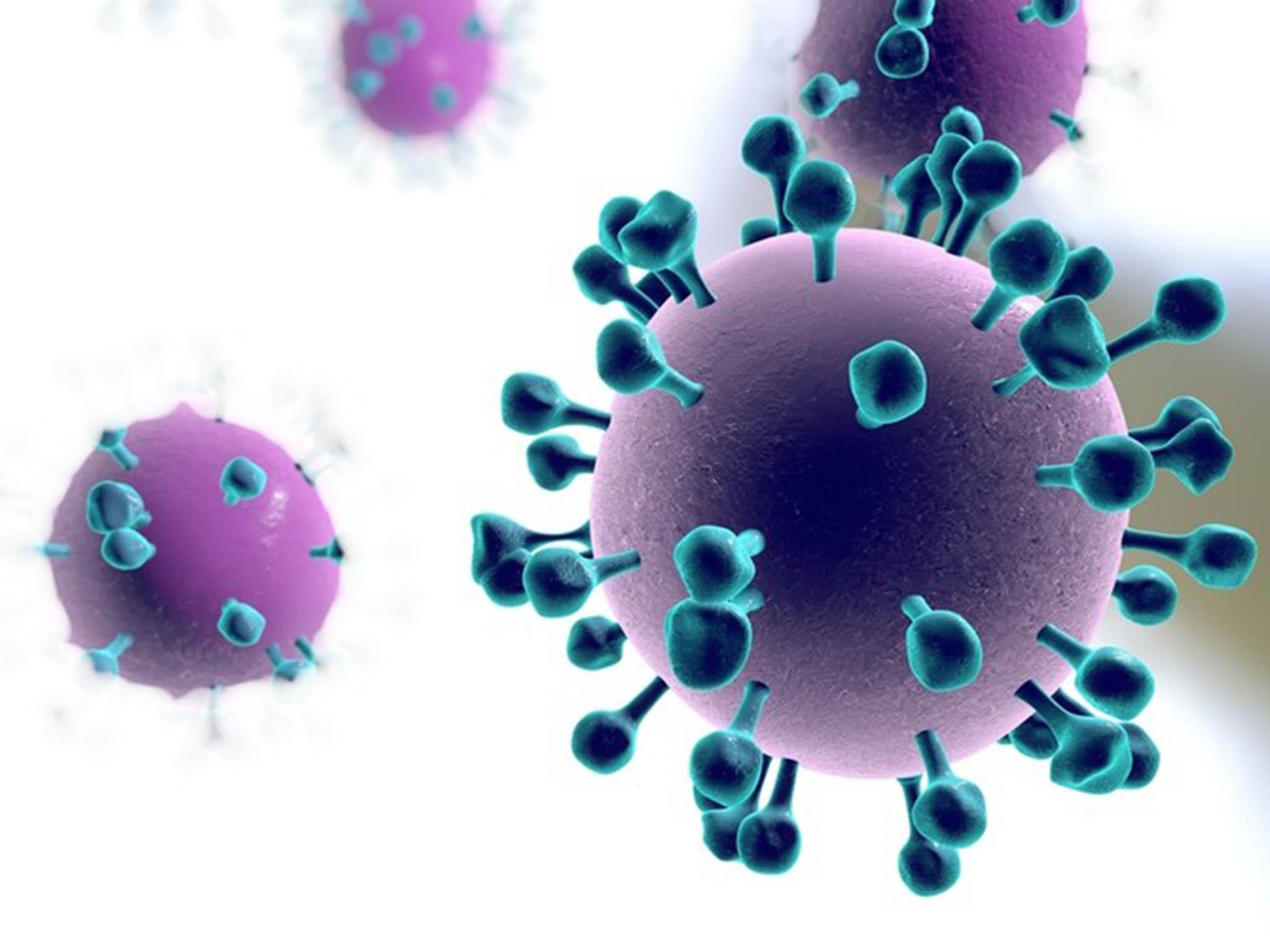Why it’s time for a rethink on flu vaccination

Your support helps us to tell the story
From reproductive rights to climate change to Big Tech, The Independent is on the ground when the story is developing. Whether it's investigating the financials of Elon Musk's pro-Trump PAC or producing our latest documentary, 'The A Word', which shines a light on the American women fighting for reproductive rights, we know how important it is to parse out the facts from the messaging.
At such a critical moment in US history, we need reporters on the ground. Your donation allows us to keep sending journalists to speak to both sides of the story.
The Independent is trusted by Americans across the entire political spectrum. And unlike many other quality news outlets, we choose not to lock Americans out of our reporting and analysis with paywalls. We believe quality journalism should be available to everyone, paid for by those who can afford it.
Your support makes all the difference.I recently had my annual flu shot. Along with all the others who’ve received it, I’ll be hoping that it does the job of preventing me catching flu this winter – or at least reducing the severity of the disease if I do get it. Most years, it works, but occasionally things don’t go to plan. Winter 2014-2015’s vaccine was considerably less effective than usual and the flu caused 3,000 excess deaths per week in the UK alone in January 2015.
Annual flu vaccine design, manufacture and distribution involves a massive global undertaking but when it goes wrong the consequences can be serious, as we saw in early 2015. The reason this happens every few years is that the influenza virus has evolved to be a cunning vaccine-avoiding machine.
Our immune systems use antibodies – proteins which specifically recognise and bind onto the surfaces of virus particles – to target and destroy the flu before the symptoms get started.
But the flu virus can evade our immune systems by shape-shifting its surface structures. Viruses don’t do this in any goal-oriented way but achieve it simply by being sloppy in their reproduction, spawning millions of subtle random variants in each infected cell. Most of these are non-functional, but occasionally one will arise which is both functional and has a slightly different surface, rendering it far less “visible” to our immune systems. Then we have a big headache, both literally and metaphorically.
As well as the annual gamble of seasonal vaccine design, we also live with the uncertainty of the next pandemic. When pandemics come along, as in 1918, 1957, 1968, 1977 and 2009, they are usually an entirely new kind of flu virus, resulting from a hybrid between human and pig or bird flu strains. Vaccination to previous subtypes of flu may then be effectively useless. If we think of the shape-shifting variants of seasonal flu having reduced visibility to our immune systems, pandemic strains take it one stage further – they are virtually invisible, with potentially devastating consequences.
Imagine somebody who lives on a Caribbean island and knows that each year will bring storms, but who also knows that very occasionally there will be a hurricane, and that the standard storm drill will be fairly useless when that happens. The storms are seasonal flu, and the hurricanes are the pandemics. We can either simply wait for the big one, shrug our shoulders and see what fate brings, or we can proactively devise a new strategy.

Universal flu vaccine
One perennial idea has been that we need a universal influenza vaccine – a vaccine that would generate lifelong immunity to all subtypes of flu, including new pandemic strains. This has, however, proved to be technically challenging. Since pandemic strains are effectively invisible to the immunity acquired from contact with seasonal flu, a universal flu vaccine couldn’t be anything like our current vaccines.
So universal vaccine designers have been forced to think about vaccines that target other parts of the flu virus, for instance internal proteins. Those don’t evolve as fast and have a greater chance of similarity between older strains and new ones. But the problem with this idea is that internal proteins are buried deep inside the virus and therefore the immune system barely gets a look at them. It’s a catch-22 situation – the visible targets on the virus surface are unrecognised and potentially more recognisable internal targets are mostly unseen.
Things, however, might be about to change. The revolution in genome sequencing technologies since the turn of the millennium has deepened our knowledge of both flu genomes and the human immune system in three crucial ways.
First, we can now predict with some confidence which parts of those elusive internal targets in the flu virus are likely to generate a reasonably strong immune response. This enables the immune system to make the most out of the fleeting glimpse it gets of flu’s internal proteins.
Second, we can also now predict which of those targets have wide distribution among all flu subtypes – including potential future pandemic ones. And third, because knowledge of our own immune systems, at a population level, has also advanced, we can predict how many people are likely to respond to a vaccine made using those internal targets. In isolation, none of these three strategies would be enough, but their synergy could bring universal flu vaccines out of the research wilderness.
Our current seasonal flu vaccination strategy is safe and effective, but only most of the time. It is also very expensive and labour intensive, and provides us with no protection against pandemics. Universal flu vaccines have now reached the stage where they are no longer a hopeful hypothesis but present realistic prospects for success. Come the next pandemic, we may wish we had invested more in them.
This article first appeared on The Conversation (theconversation.com). Derek Gatherer is a lecturer, at Lancaster University
Join our commenting forum
Join thought-provoking conversations, follow other Independent readers and see their replies
Comments